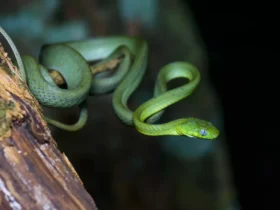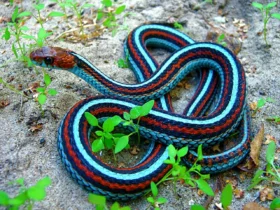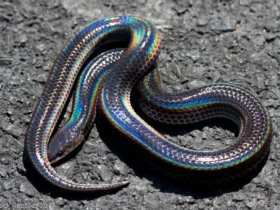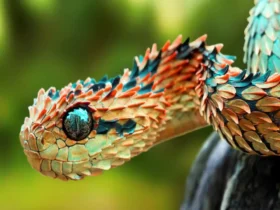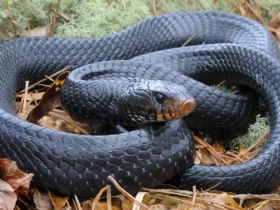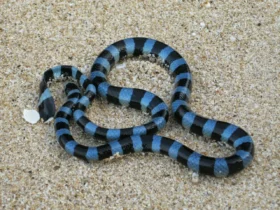In the remote forests of China, a breathtaking reptile resides, captivating both scientists and nature enthusiasts alike. The Mangshan Pit Viper, scientifically known as Protobothrops mangshanensis, is a mesmerizing serpent with a richly textured history and remarkable adaptations. Its vibrant appearance, unique hunting techniques, and intriguing behavior make it a true wonder of the natural world.
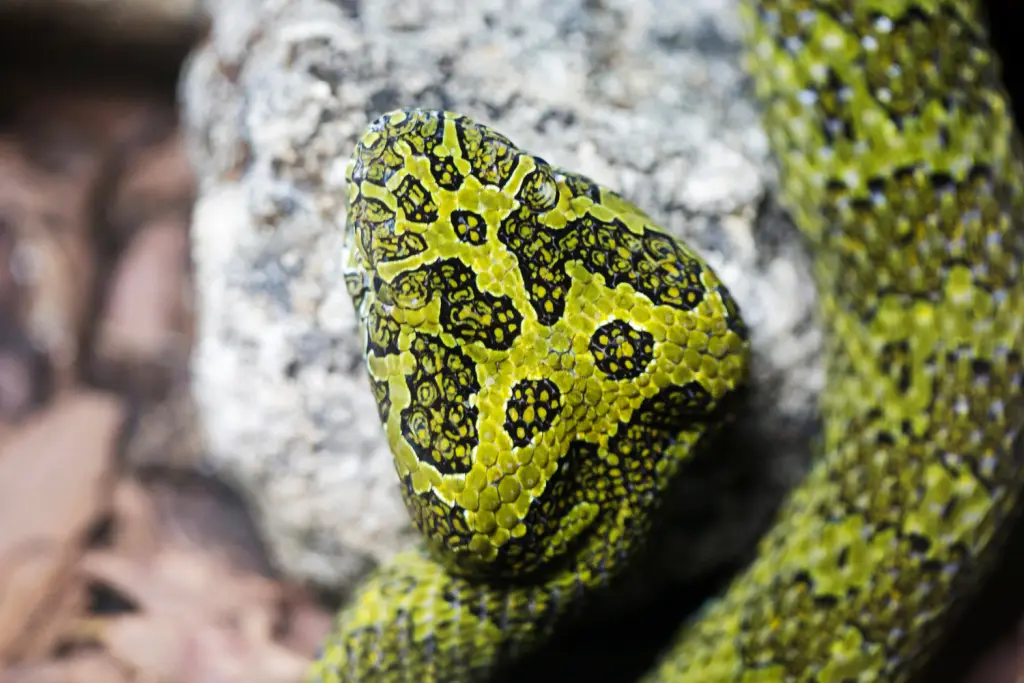
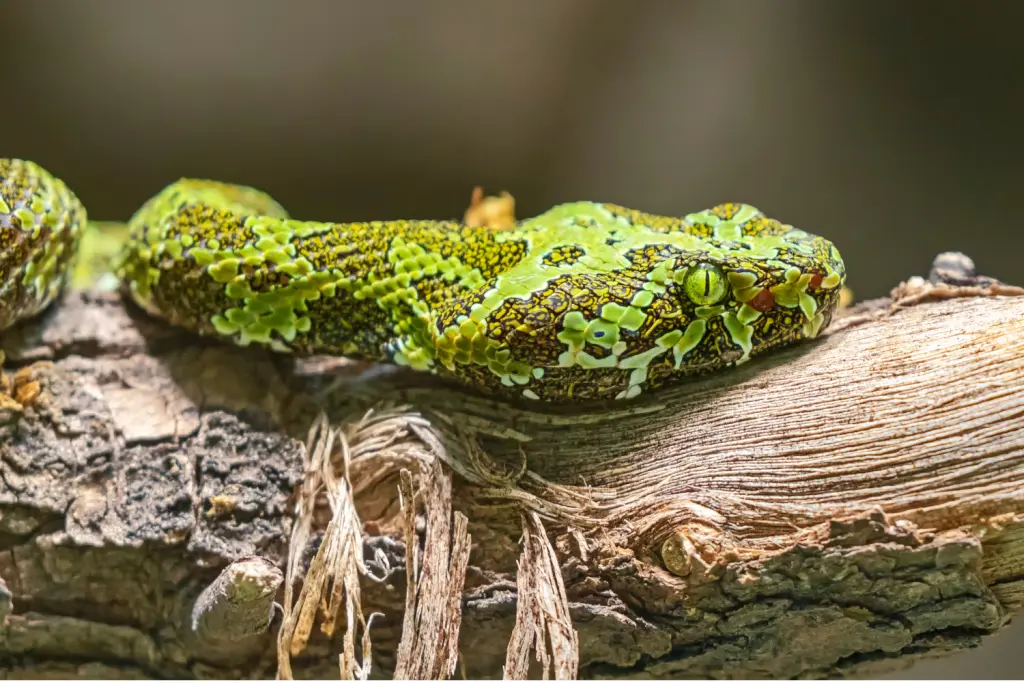
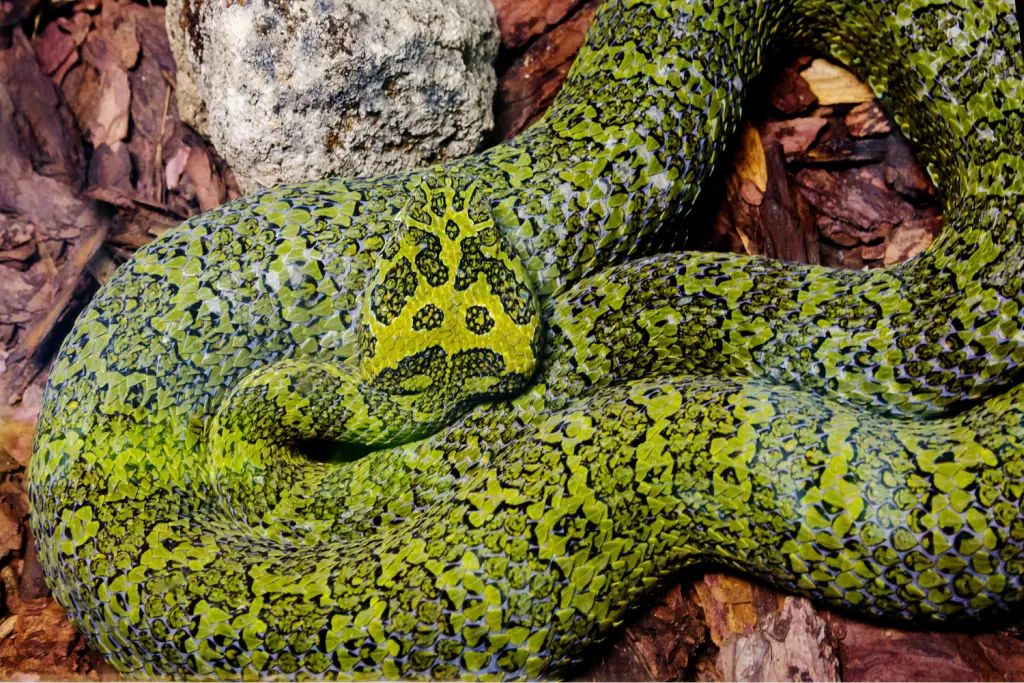
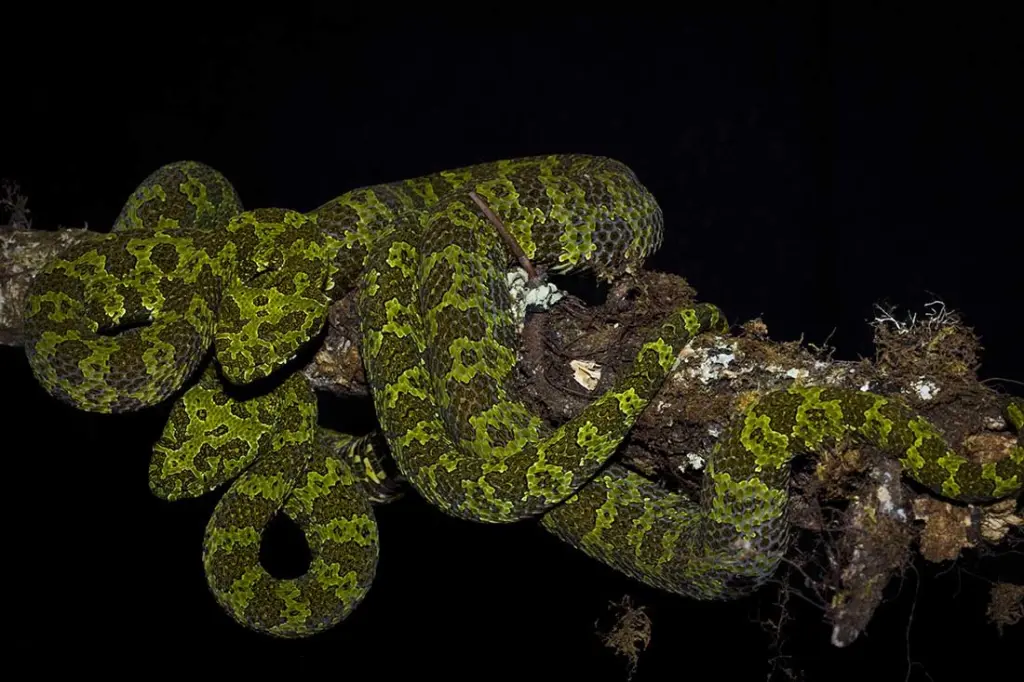
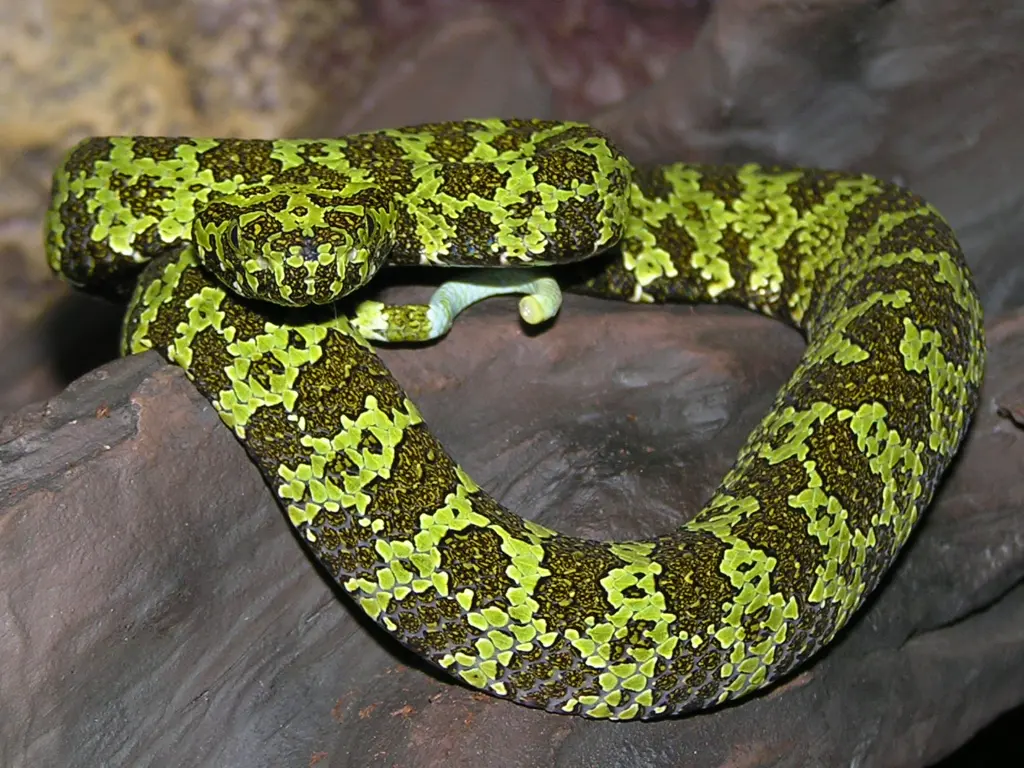
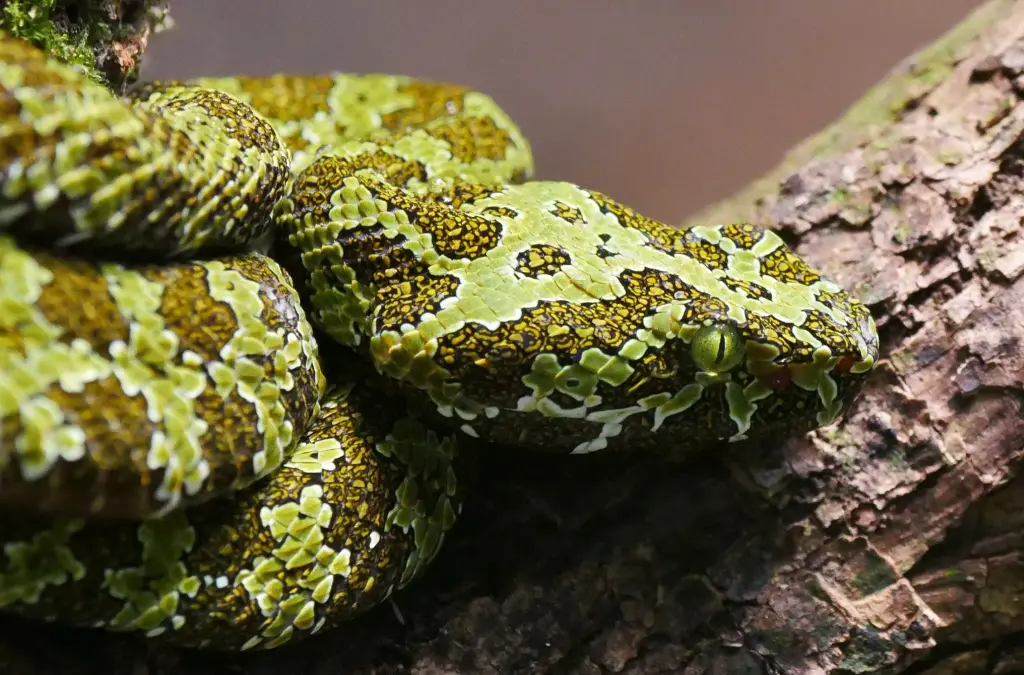
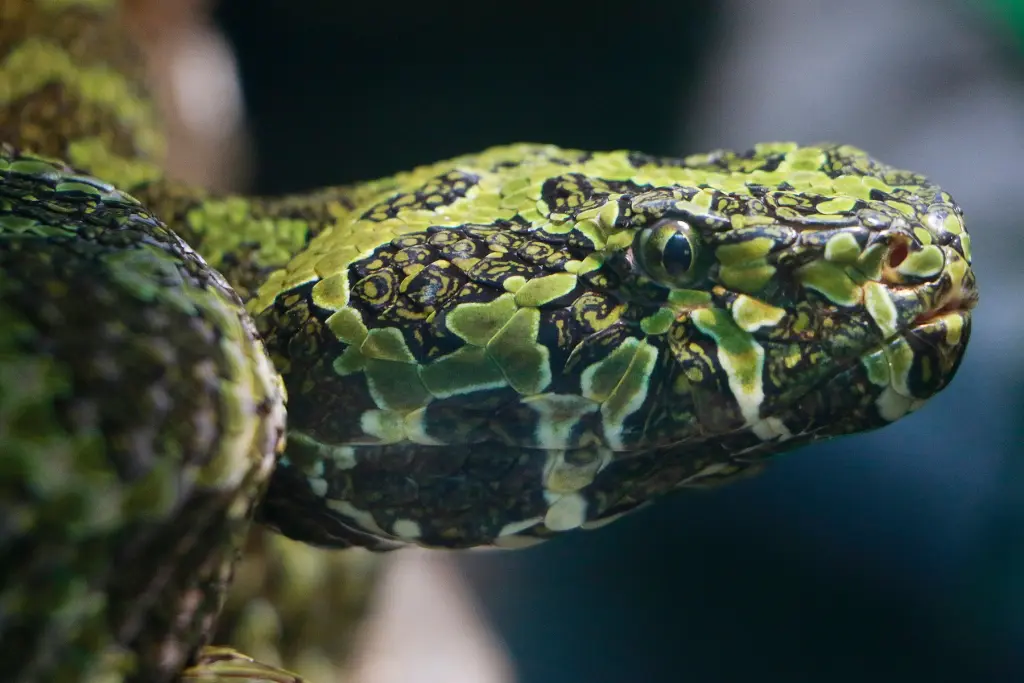
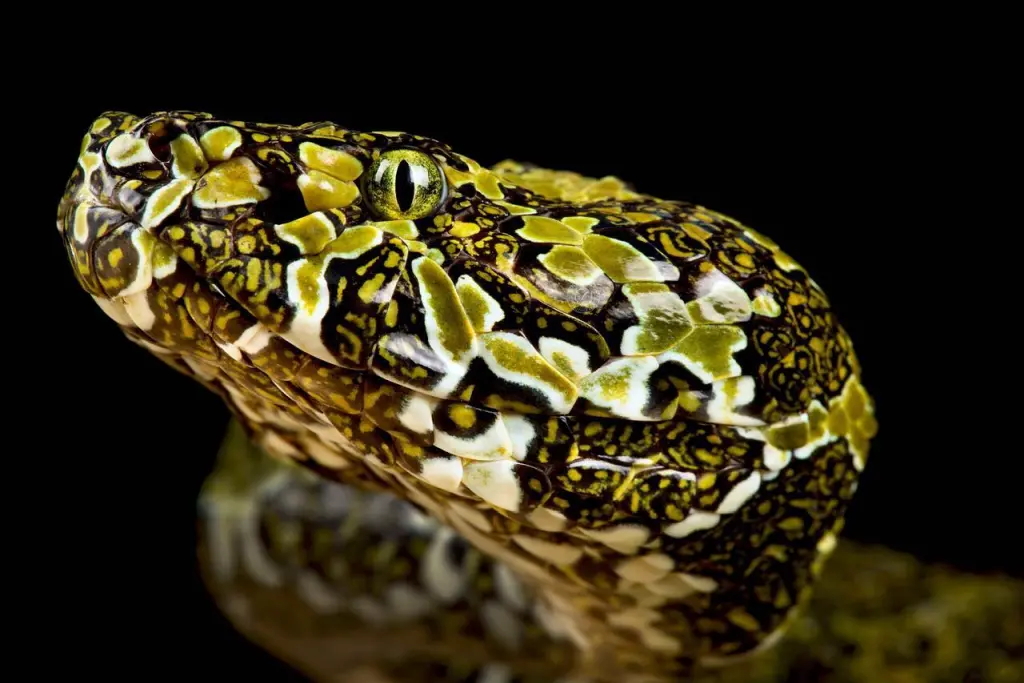
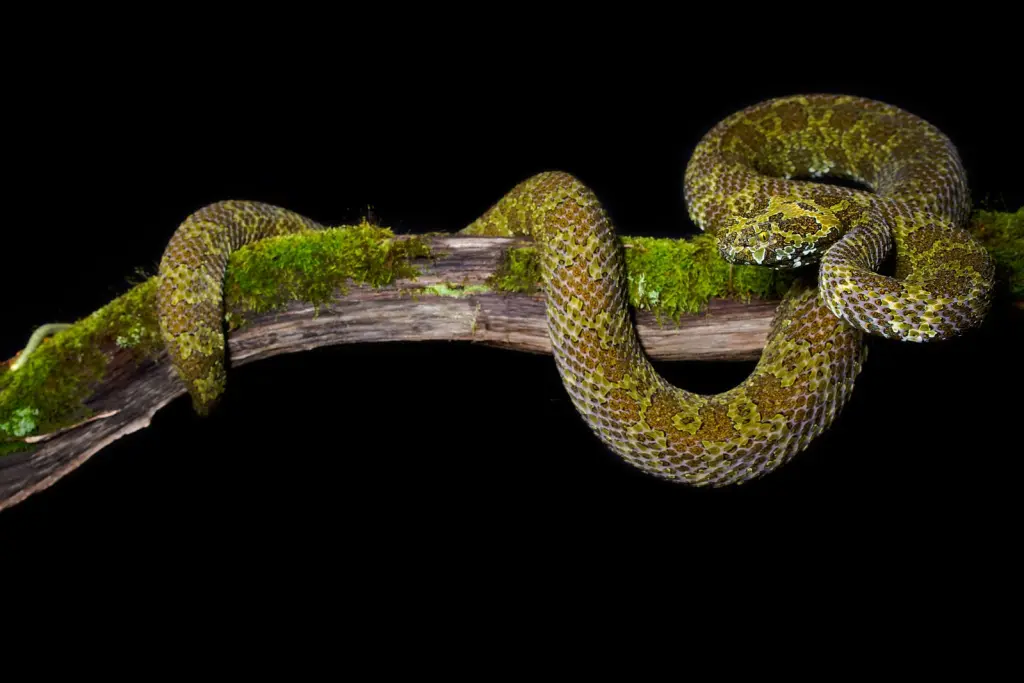
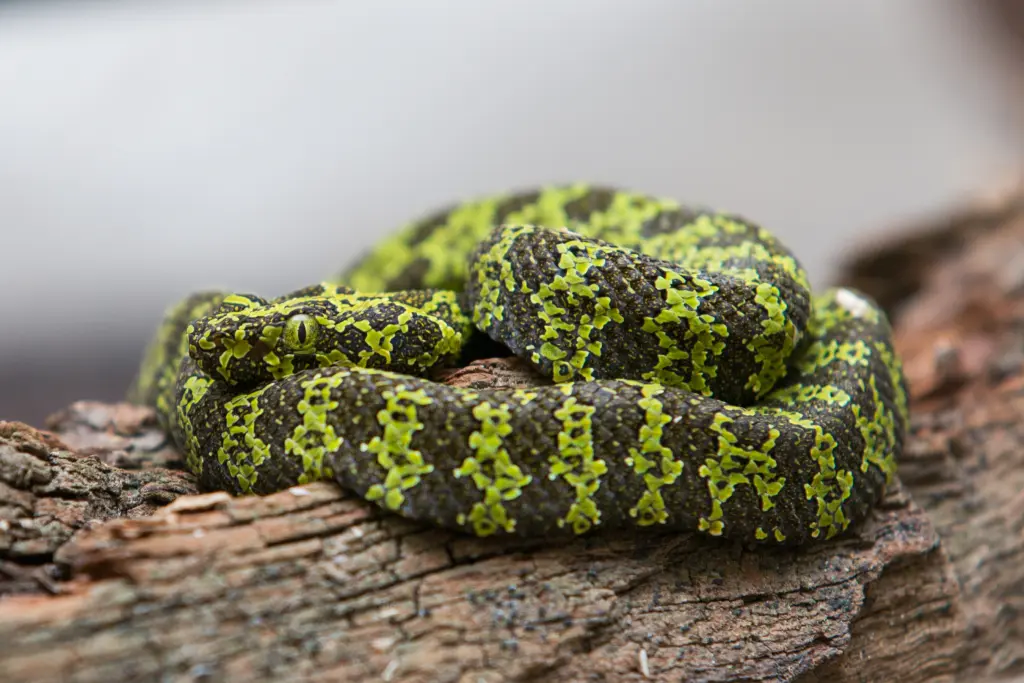
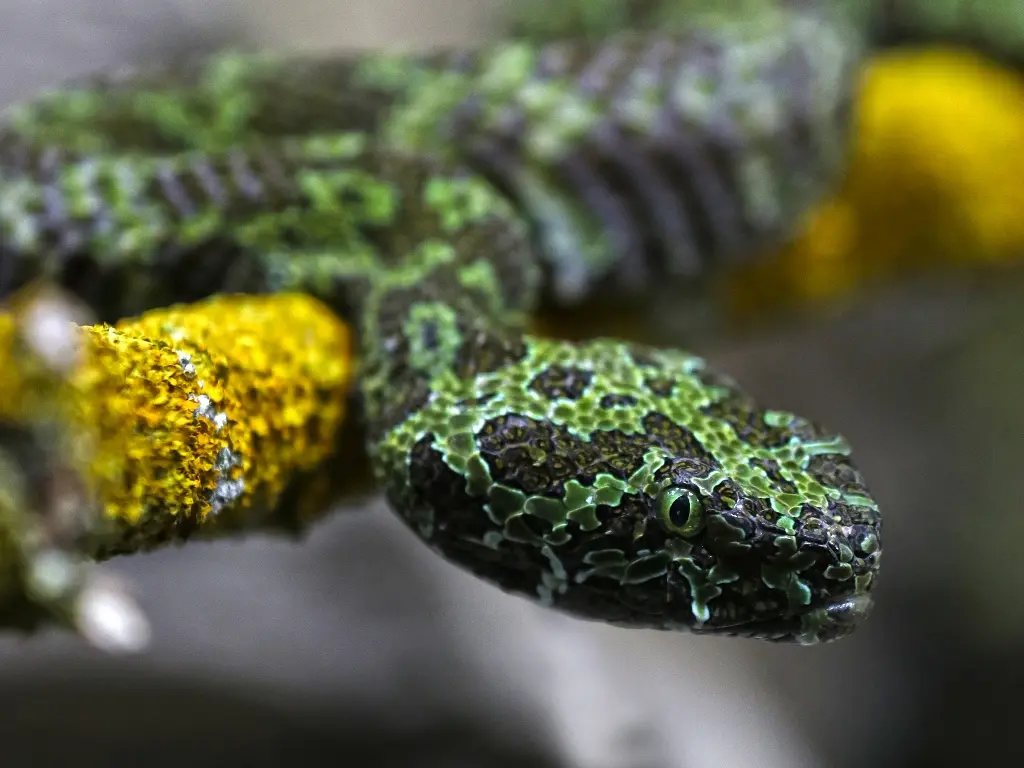
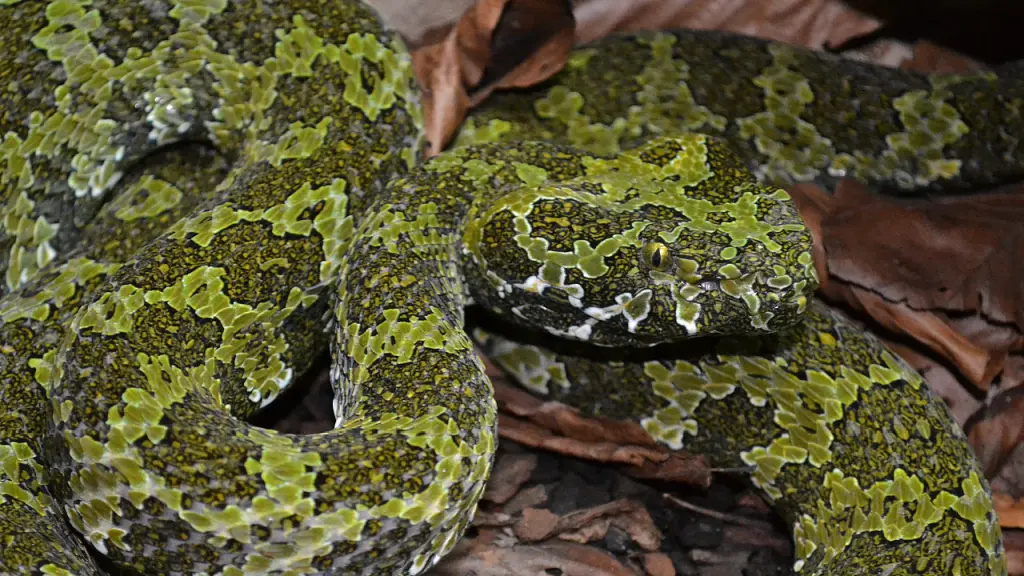
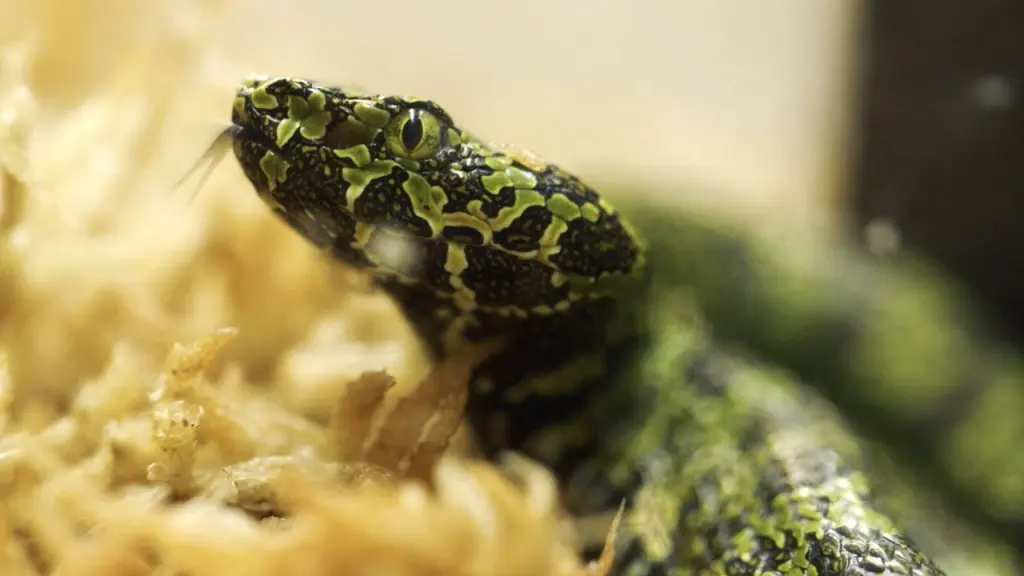
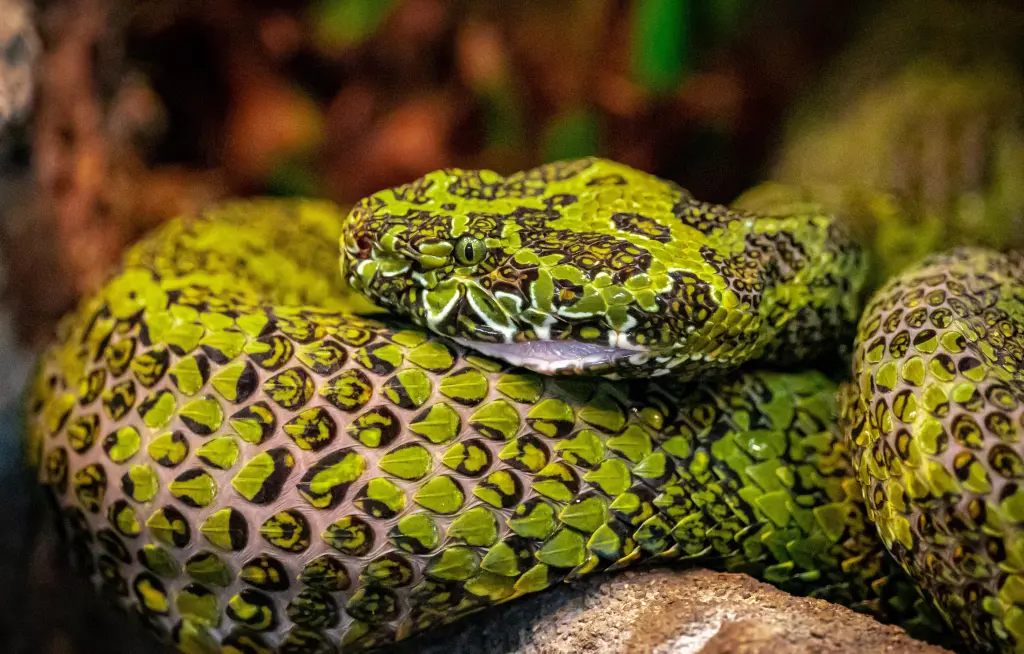
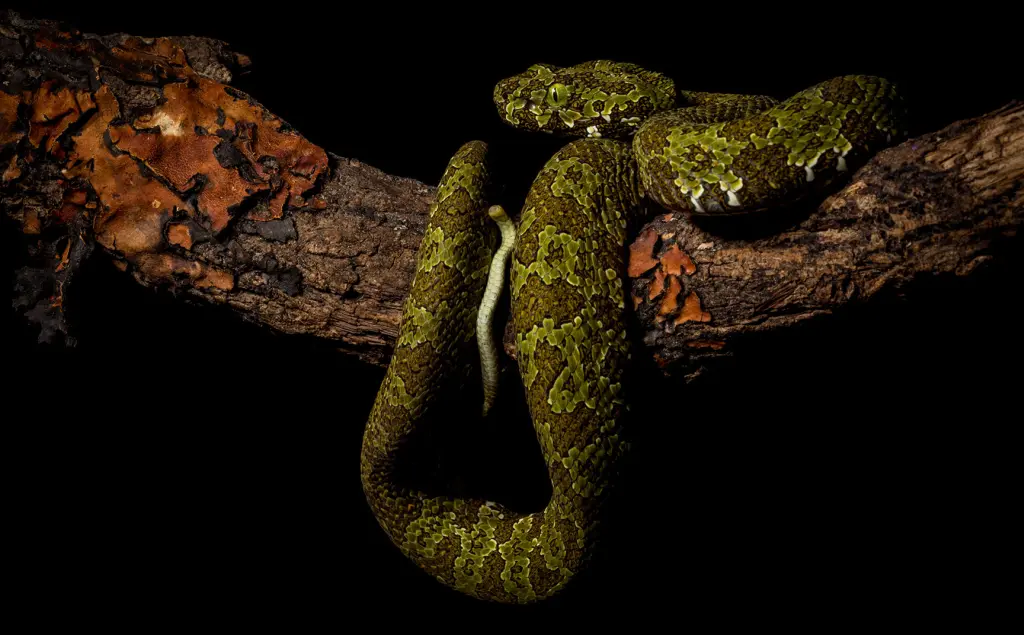
Physical Characteristics
The Mangshan Pit Viper boasts a striking appearance that sets it apart from other snake species. Its robust body can reach lengths of up to six feet, making it one of the largest pit vipers in existence. The scales on its back exhibit a stunning combination of hues, ranging from deep greens to vibrant yellows, often adorned with intricate patterns or spots. These striking colors serve as a form of camouflage, allowing the snake to blend seamlessly into its lush forest habitat.
Venomous Adaptations
Like its pit viper relatives, the Mangshan Pit Viper possesses a specialized heat-sensing organ known as the pit located between its eyes and nostrils. This remarkable adaptation allows the snake to detect the body heat of its prey, even in complete darkness. Armed with hollow fangs, the viper delivers a potent venom designed to incapacitate its victims swiftly. The venom not only aids in subduing prey but also assists in the viper’s own defense against potential threats.
Habitat and Distribution
Endemic to the remote Mangshan Mountain range in China, this species is highly adapted to its specific habitat. These mountains provide the viper with a perfect combination of rocky outcrops, dense vegetation, and moderate temperatures. The Mangshan Pit Viper tends to prefer the forest understory, where it can take advantage of both ground-dwelling and arboreal prey. Its distribution is limited to these mountains, further adding to its allure and exclusivity.
Feeding Habits
As an ambush predator, the Mangshan Pit Viper employs a patient and strategic hunting technique. With its exceptional camouflage, the snake lies in wait, concealed among the foliage or rocky crevices, until unsuspecting prey ventures within striking distance. Small mammals, such as rodents and birds, form the primary diet of these vipers. Its swift strike and potent venom ensure a successful hunt, allowing the snake to consume its prey whole.
Reproductive Behavior
The reproductive cycle of the Mangshan Pit Viper is an intriguing aspect of its life history. Mating occurs during the spring season, with males competing fiercely for the attention of receptive females. After successful copulation, the female undergoes a gestation period of several months before giving birth to live young, typically numbering between 10 to 20 offspring. This viviparous reproductive strategy ensures the survival of the newborns, as they enter the world as fully formed individuals.
Interactions with Humans
Due to its limited range and elusive nature, human encounters with the Mangshan Pit Viper are relatively rare. However, when confronted, the snake displays a defensive behavior, coiling its body and hissing loudly to deter potential threats. It is important to note that provoking or handling any venomous snake, including the Mangshan Pit Viper, can be extremely dangerous and should be avoided to prevent any harm to both the snake and humans.
Final Thought
The Mangshan Pit Viper, with its vibrant appearance, venomous adaptations, and specialized hunting techniques, stands as a testament to the wonders of the natural world. Its limited distribution and unique ecological niche make it a captivating species for scientists to study and admire. As we continue to explore and understand the diverse creatures that inhabit our planet, the Mangshan Pit Viper remains an iconic representative of the beauty and complexity found in nature’s most secretive corners.

